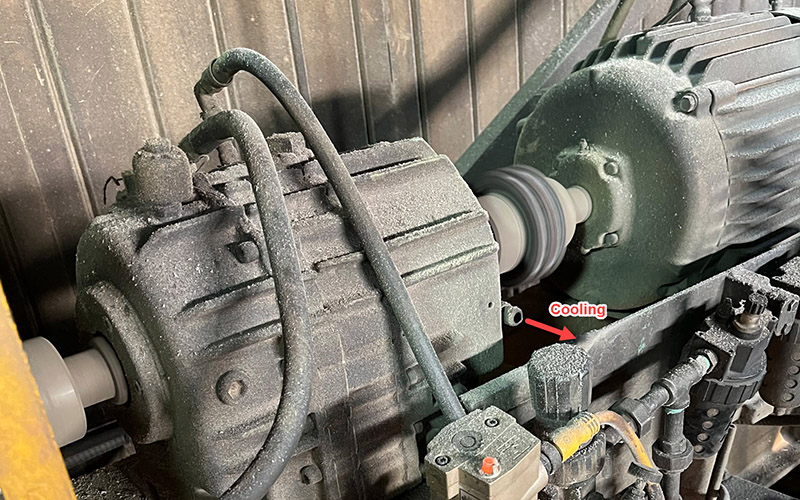
A wood products company hired a compressed air auditor to check out its system and try to discover why it now needed to run three compressors rather than the normal two units that previously satisfied the plant demand.
The auditor placed instruments on their system to measure pressure, power, temperature, and flow — and quickly discovered the compressed air demand in the plant was high, demanding the capacity of at least two compressors, even during a complete plant shutdown. This discovery initiated the need for further investigations on the demand side.
A very good tool for discovery is an ultrasonic leak detector. Using this device, many costly and wasteful leaks are easily discovered, but other compressed air consumers are found during the exercise as well because they emit ultrasonic signals too. Some of these compressed air demands are continuous and very often inappropriate. An inappropriate demand is something that is unnecessarily consuming compressed air and could be turned off or replaced by something much less energy intensive.

This survey was conducted and quite a number of unrepaired leaks were found, but also some costly inappropriate uses. Elimination of costly end uses impacts operating costs because compressed air energy costs about 10 times more than direct electrical supplied devices:
- Electrical enclosures were being cooled with compressed air. A less costly method is to use fans or air conditioners.
- Condensate drains were running excessively, consuming costly compressed air. Airless drains are much more efficient and use no compressed air.
- Continuous blowing for cleaning of sawdust and debris was being used. Low pressure fan power is the best way to do this operation.
- Continuous blowing to cool bearings on four drive clutches was being used. This end use was measured, and it was determined that the resulting demand was consuming 30% of one 200 hp compressor. Further investigations revealed that the actual cooling was ineffective and unnecessary. It was something someone installed in the past to correct a perceived problem.
Leakage repair and the shut down of the majority of these end uses will reduce the plant loading to a point where only two of the three compressors will be needed during production hours. And further, a significant energy reduction of an estimated $200,000 will result. Auditing your compressed air system can yield some large benefits!
Filed Under: Components Oil Coolers, Compressed Air Technologies, Pneumatic Tips